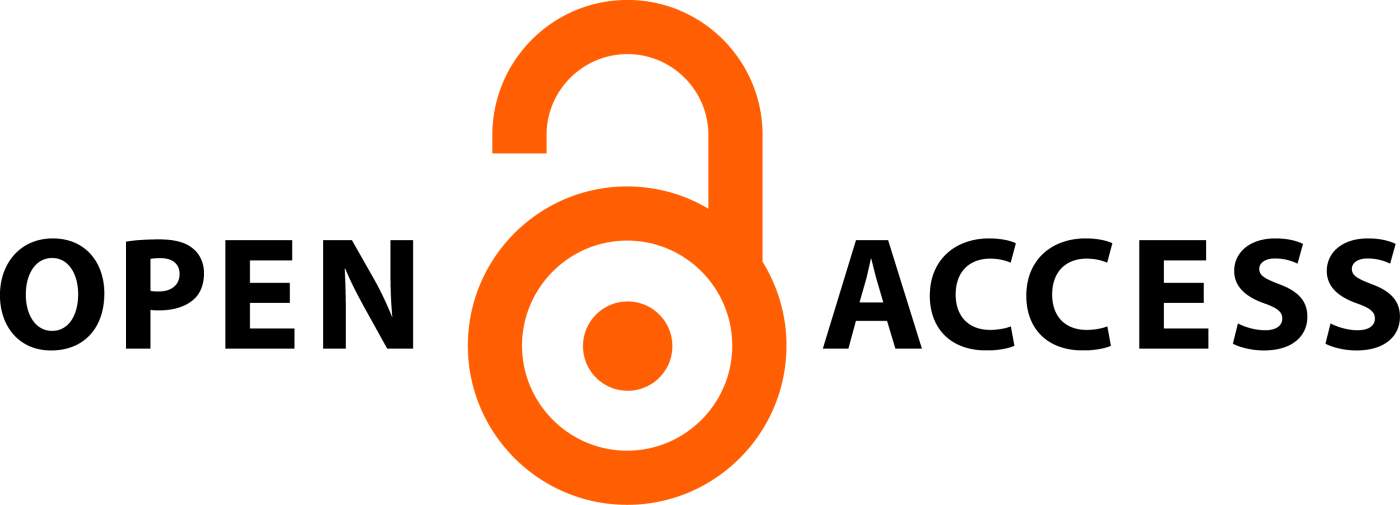EXPLORING ANTIDIABETIC POTENTIAL OF GYMNEMA SYLVESTRE
Abstract
Context: Gymnema sylvestre (GS) is a plant species that is mostly found in the tropical regions of Asia, Africa and Australia; it is widespread in India and Sri Lanka. According to various scientific studies, GS contains a chemical constituent that is known to suppress the taste for sugar; this kindled our interest to study the various extracts of GS for their antidiabetic potential.
Aim: The current study emphasizes screening the leaves extracts of Gymnema sylvestre using chloroform, ethyl acetate, and water for their phytoconstituents and evaluating their Antidiabetic property. All the individual concentrates were exposed to subjective qualitative examinations for the distinguishing proof of the phytoconstituents, which was followed by evaluating the effect of different extracts of GS on blood glucose level against Streptozotocin induced Diabetic rats as GS had been reported for its antidiabetic activity.
Material and Methods: The plant material Gymnema sylvestre 1.5 kg was macerated with 3.75 liter of chloroform, ethyl acetate and water for comparative antidiabetic activity. A total of 36 male wistar rats were utilized to induce diabetes by means of intraperitoneal injection with 60 mg/kg STZ. The acute toxicity study adhered to the guidelines set by the Organization for Economic Co-operation and Development (OECD 423, 2001). Throughout a period of 21 days, the animals received various treatments. Glucose levels were measured on day 1, which marked the initiation of any treatment, as well as on the 7th, 14th, and 21st days, utilizing a one-touch glucometer. Hematoxylin and eosin staining were employed for histopathological examination of the pancreas. Statistical analysis was conducted using SPSS software, employing one-way ANOVA followed by Dunnet’s multiple comparisons.
Results: Blood glucose levels in streptozotocin induced diabetic rats fed with different GS extracts decreased to normal levels. When the reduced percentage of blood glucose levels of the various extracts was compared with that of glibenclamide (62%), aqueous extract showed maximal (59%) decline, thus confirming the potentiality of the GS as the most significant antidiabetic agent.
Downloads
All the articles published in JAPSR are distributed under a creative commons license (CC BY-NC-SA 4.0)
Under this license, you are free to:
- Share- copy and redistribute the material in any medium or format for any purpose, even commercially.
- Adapt- remix, transform, and build upon the material for any purpose, even commercially.
The licensor cannot revoke these freedoms as long as you follow the license terms.
- Attribution — You must give appropriate credit , provide a link to the license, and indicate if changes were made . You may do so in any reasonable manner, but not in any way that suggests the licensor endorses you or your use.
- NonCommercial — You may not use the material for commercial purposes .
- ShareAlike — If you remix, transform, or build upon the material, you must distribute your contributions under the same license as the original.
- No additional restrictions — You may not apply legal terms or technological measures that legally restrict others from doing anything the license permits.
Copyright policy
The journal allows the author(s) to hold the copyright of their work. That means the authors do not need to transfer the copyright of their work to the journal. However, the authors grant JAPSR a license to publish the article and identify itself as the original publisher.
Licensing policy
The journal allows the author(s) to hold the copyright of their work. That means the authors do not need to transfer the copyright of their work to the journal. However, the authors grant JAPSR a license to publish the article and identify itself as the original publisher.






